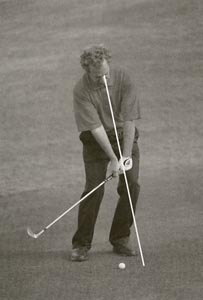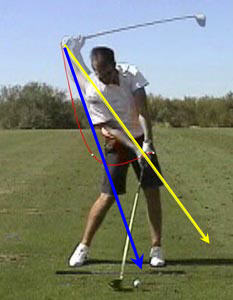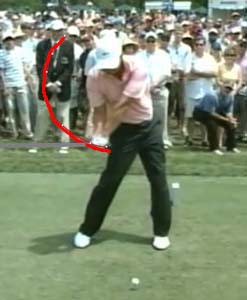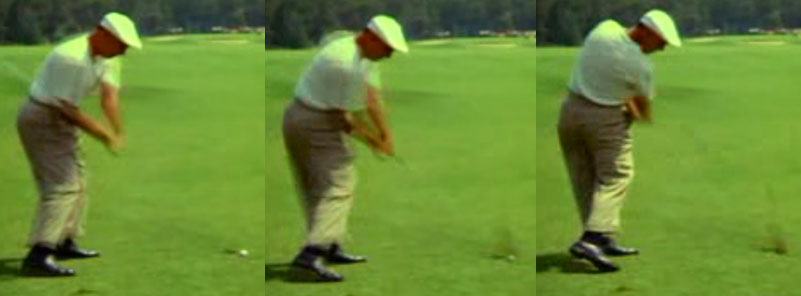- I'm actually working on two things myself. One is an invention and the other is a Web site. I don't want to get into the invention since I don't want to give it away and it's going to take a long while to design and patent the product, but I think it will be a great help to many golfers. My goal of the Web site is to 1) be like Jeff Mann's http://perfectgolfswingreview.net/ type of site, except for it consisting of just about everything that involves playing the game from the swing, to putting, to short game, to equipment, etc. It's more or less a lot of things I post on this blog onto one Web site AND 2) create a Web site to help people understand TGM because I think it's the best book ever made to learn from and I'm sick and tired of hearing how TGM is a 'method' or a 'type of swing.' These things will take awhile, maybe even years.
Any advice (particularly with Web hosting, Web site building, advice on patents and inventions) would be greatly appreciated. You can either post here, PM me over at GolfWRX or e-mail me at Richie3Jack@yahoo.com.

- Just ordered Pat O'Brien's putting DVD ($30 includes shipping). I had heard some things about Pat O'Brien but really never looked into him. I also knew about the SeeMore putters, but had no idea how they worked. I played a round with a low handicapper 2 weeks ago and he was putting very well with the SeeMore Putter. Tried the SeeMore Putter out at the PGA Tour Superstore and saw the red oval and figured out the Rifle Scope technology. So I went to SeeMore's Web site and to read more on that and saw the O'Brien DVD and wanted to check it out in order to improve my positions at address. Obviously, green reading, consistency, alignment and touch are far more important that stroke path, but I just wanted to get things down right. I'll give some reviews on O'Brien's DVD along with the SeeMore Putter I just purchased.

- I'm thinking either April or May I'll be purchasing Yoda's 'Alignment Golf' DVD series. I currently work with Ted Fort on my golf swing whose mentor is Yoda. I really like how my swing is progressing with Ted and I've only heard rave reviews about 'Alignment Golf.'
- In 2 weeks I will be purchasing David Orr's 'Where to Aim' video with guest Mark Sweeney of Aimpoint golf. For those who don't know what Aimpoint golf is, they are responsible for showing the line of the putt on Tour events on The Golf Channel
As always, I'm quite stoked to watch the video since all of David's videos and work with putting has been brilliant. Now he just needs to do some stuff on the swing.
- Be on the look out for some YouTube videos where I explain stuff. My first one will be a short one on footwork in the golf swing.
- My next golf club purchase will be a driver since the drive I have is just some generic $20 driver from Dick's Sporting Goods. I just want my swing to get close to where I want it before I call up The Golf Doctor and get another fitting done through Trackman. In my iron fitting they said that fitting irons with Trackman was a bit of overkill, but it's great with the driver fitting. I also plan on doing a ball fitting as well testing out Titleist, Bridgestone, Taylor Made, Callaway and Srixon golf balls.
- More and more stuff translating and discussing 'The Golfing Machine' by Homer Kelley.
3JACK
 The 'laid off' move usually causes an open face at impact and with most golfers an over the top move. Right now Tiger is basically hitting cut after cut.
The 'laid off' move usually causes an open face at impact and with most golfers an over the top move. Right now Tiger is basically hitting cut after cut.


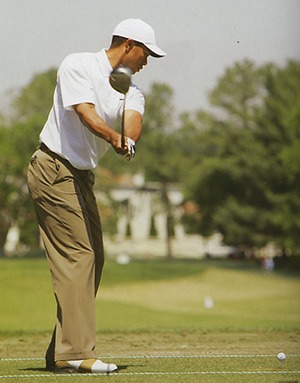





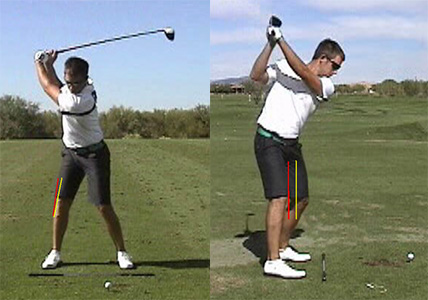
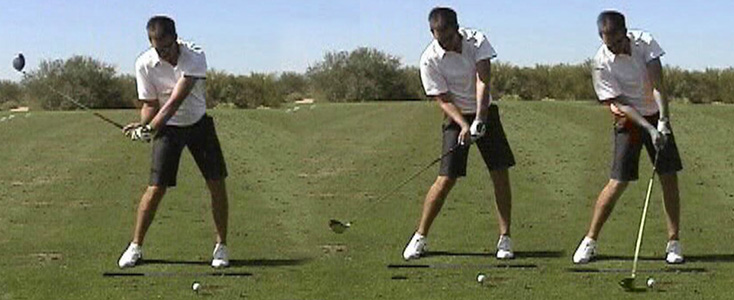


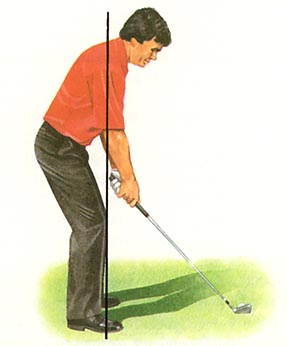
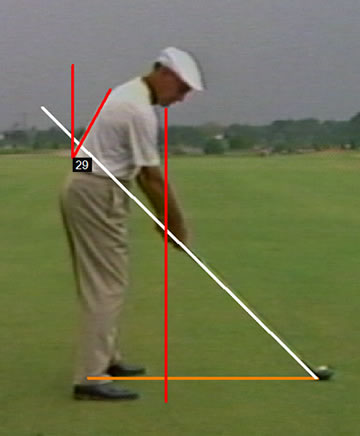
 Here is Charles at the top of his swing for this particular shot. Now, in the next frame look how much his head dips *downward*, not forward. Also, take a look at how steep his clubshaft gets.
Here is Charles at the top of his swing for this particular shot. Now, in the next frame look how much his head dips *downward*, not forward. Also, take a look at how steep his clubshaft gets.





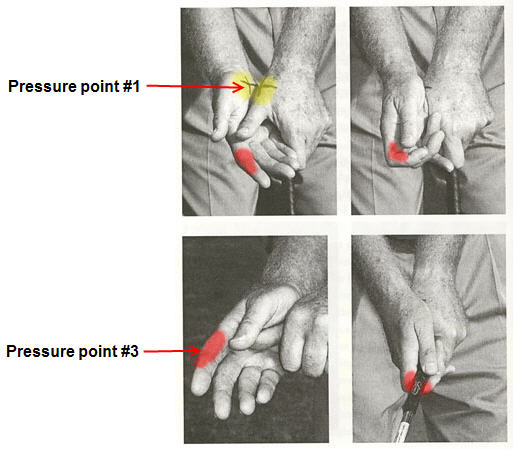
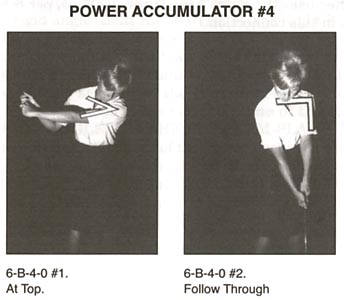








 Now here's Tiger just after impact. His right arm is fully extended. Or his right arm has 'thrusted.'
Now here's Tiger just after impact. His right arm is fully extended. Or his right arm has 'thrusted.'
